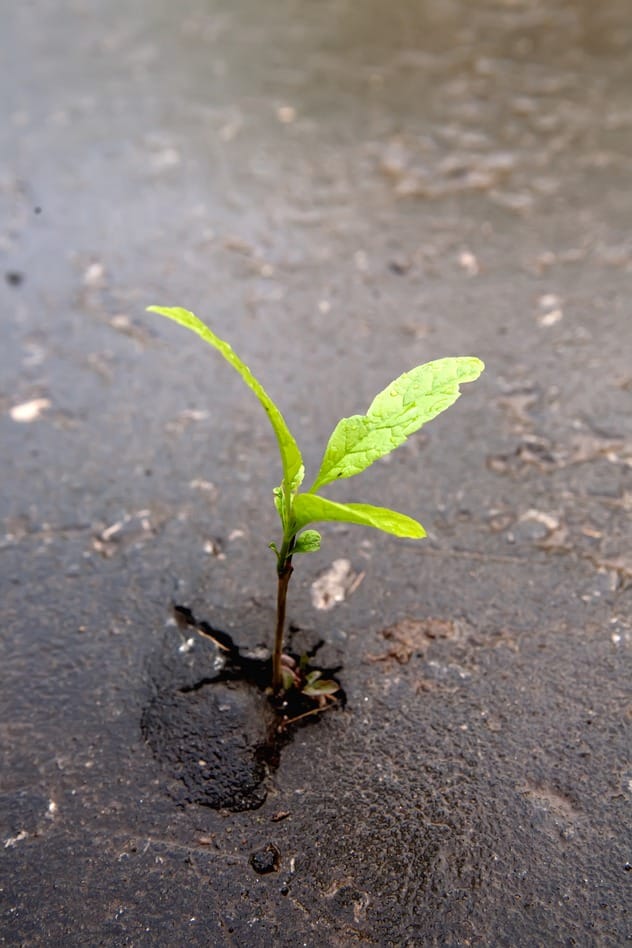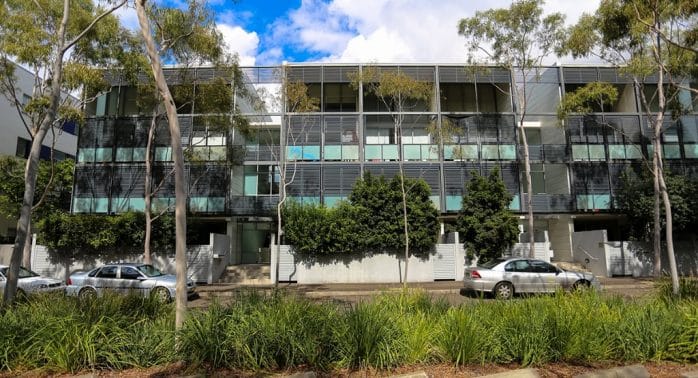Green infrastructure: are we serious?
Design and planning – two topics intrinsically linked to the realisation of Water Sensitive Cities – were on the agenda in recent weeks in Melbourne. Some events highlighting this included the successful Planning Congress 2015 from 13-15 May and International Design Week from 11-17 May.
In the same week, the Australian Institute of Landscape Architects (AILA) Victorian branch convened a panel to discuss open space, green infrastructure and liveability in Melbourne. I was invited to speak alongside prominent planners and development industry leaders Kathy Mitchell (Chair Panels Victoria), Danni Addison (CEO of UDIA), Peter Seamer (CEO of Metropolitan Planning Authority) and Ian Shears (City of Melbourne).
The topic of conversation was centred on the resurgence of the ‘public realm’. With ever-increasing urban densification, the public realm is high on the agenda for planners. As a result, there is much discussion around the role of green infrastructure in our public spaces.

So, how do we get serious about green infrastructure in the public realm? Firstly, we have to look beyond the public realm as simply a place that provides amenity and recreation for local communities. In fact, if we are to get really serious about green infrastructure, we need to clearly articulate from the outset what range of functions we expect from this infrastructure. The detention and safe passage of floodwaters, the cleansing and harvesting of stormwater, support for mitigating urban heat, productive landscapes and maintaining urban biodiversity are just a few of the functions that should be identified and clearly articulated from the beginning.
 And, if we’re really serious about green infrastructure, these assets must be managed as community assets with clearly defined maintenance and operation provisions.
And, if we’re really serious about green infrastructure, these assets must be managed as community assets with clearly defined maintenance and operation provisions.
And finally, of equal – if not greater – importance, a whole of government approach combined with a more robust economic valuation framework is essential. With this in place, we can fully recognise all the economic and community benefits that can be achieved from green infrastructure. Then maybe we can say we’re really getting serious about green infrastructure.
- Professor Tony Wong, Chief Executive, CRCWSC